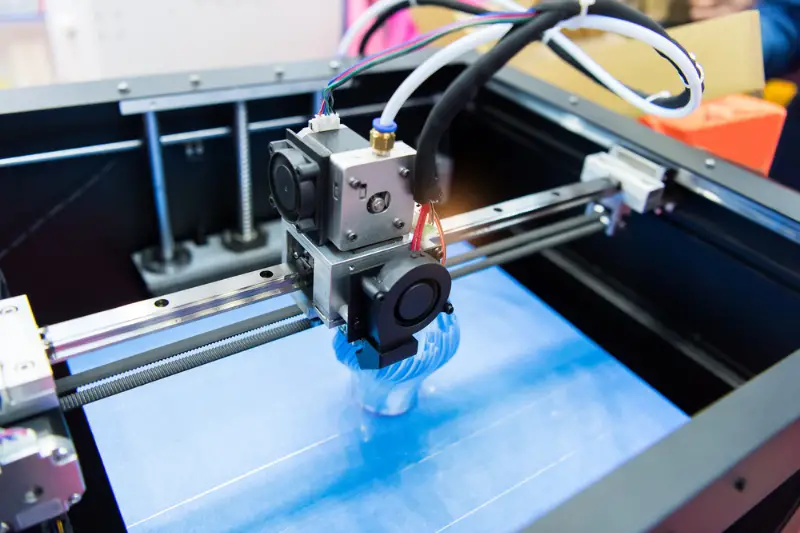Click here to get this post in PDF
Technology has come a long way over the last decade and has made our lives easier in so many ways. For one thing, machines have made it possible to automate tedious and time-consuming processes, which has had a huge impact on businesses and their workforces.
In particular, automated printing machines have taken a labour-intensive manual task and made it far quicker and easier.
So, if you’re thinking about automating your printing process, there are lots of reasons why you should. That being said, there are some important things you need to know before investing heavily in these machines and revamping your strategy.
Here are four things you need to know about automated printing.
What is automated printing?
Printing automation uses an automatic screen printing machine to speed up the process, take on repetitive tasks and reduce the risk of human error.
As the name suggests, these machines are programmed to take a design and print it automatically, ensuring consistency and uniformity across images or written content. A squeegee is used to push ink across the page, or material underneath to create the print, and this can be done at least 10 times faster than a manual process.
We’ve already begun to touch on the key benefits, but some of the reasons that automated printing is growing in popularity include:
- Neat and consistent prints
- Increased speed and productivity
- Reduced stress in the workforce
- Reduced labour, and therefore labour costs
And what business wouldn’t want that?
Things you need to know about Automated printing
If you are thinking about taking the leap and updating your printing processes, you’ll need to invest in the right electronic solutions and machines. But before you part with your money, here’s what you need to know:
1. It requires a lot of power
These machines can save you money in some areas. As we said, they cut down on the amount of labour required to print products and can slash costs in this respect. However, they do require a lot of power to keep running, especially if you will be using them all day.
For this reason, you need to make sure that consider the cost and power in your building and prepare accordingly. It might also be worth having an electrician come out to make sure you can safely run these machines from your building, particularly if you’re going to have more than one on the go.
2. It also requires a certain level of expertise
These machines may be automatic, but this doesn’t mean they can start, run and monitor themselves at every stage. Therefore, you need someone who can operate the machine and who knows about the process and how to create the best possible product.
It’s also a good idea to make sure you know how you’d get your machines repaired should something go wrong. This could mean finding a local service provider or finding out if the manufacturer offers any guarantees or repair packages.
3. The orders need to be there
Before you move over to automated printing, you need to make sure that it is worth the cost and initial upheaval. This means you need an established customer base or to have several large and reoccurring orders in place that can help to cover the cost of printing machines.
If you’ve recently begun to get bigger jobs and your traditional machines can no longer keep up with demand, this is a surefire sign that it’s time to make the move to automatic processes.
4. You need space
Finally, if you’re going to make the move to automatic printing processes, you need to make sure you’ve got enough space for these machines, whether you have one or 21 of them.
You also need to take into account all the other equipment and products that go alongside these machines, such as larger screens, dryers, materials and more.
So, if you’ve currently only got a small space to work from, you might need to think about finding a bigger area to undertake your printing. Again, you’ll need to think carefully about how much extra this will cost and ensure that you have the orders or work there to make it worth the money.
You may also like:
Hummink raises $20 million to bring micronic precision printing to advanced manufacturing
What Materials Does 3D Printing Use?
Image source: Depositphotos.com

